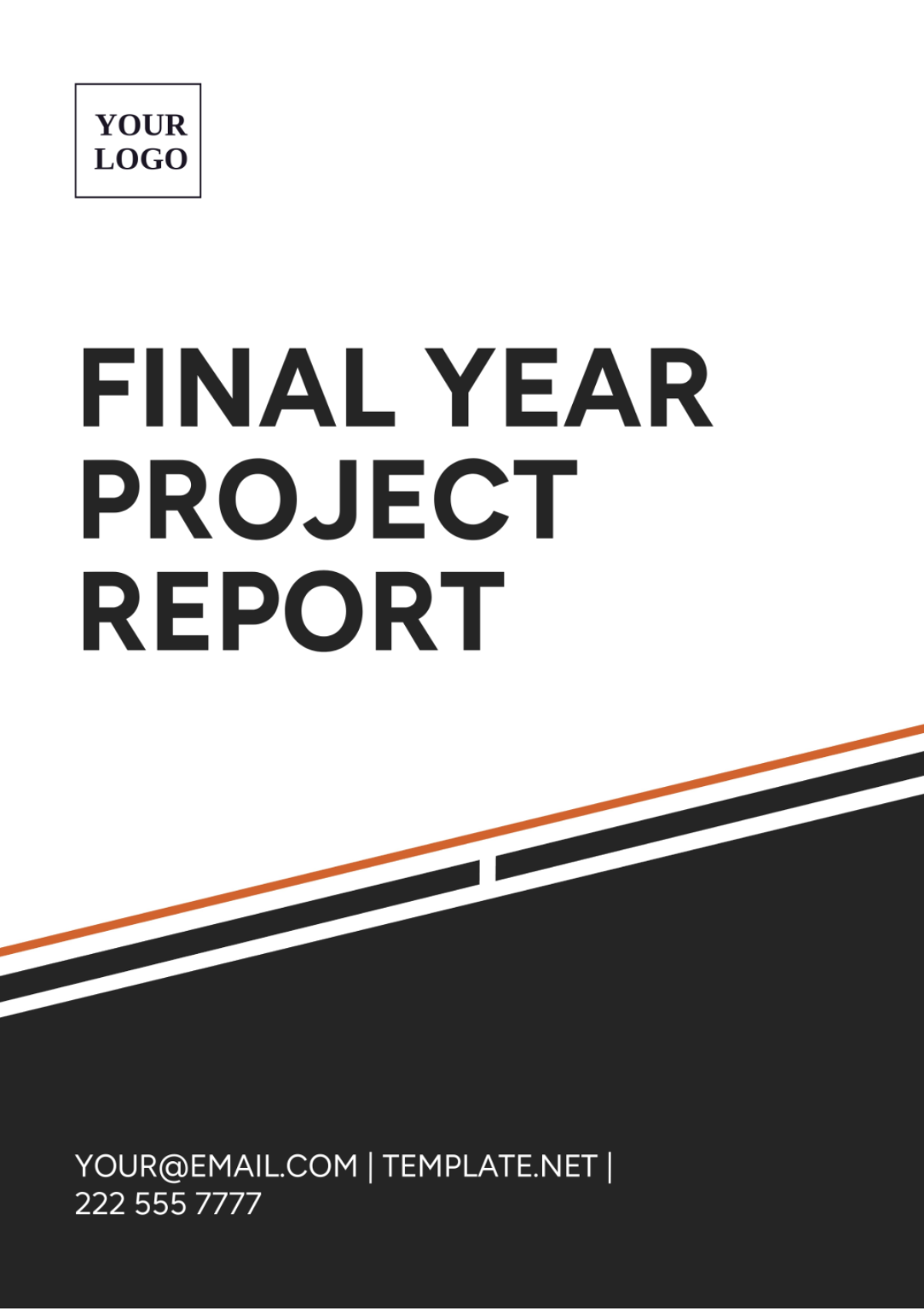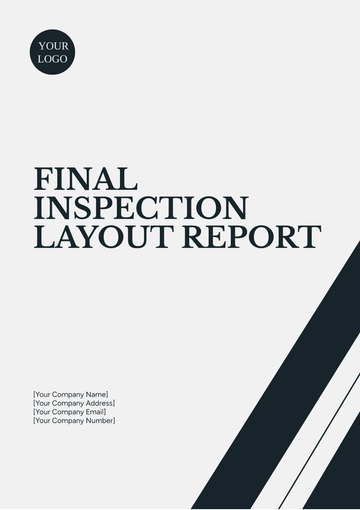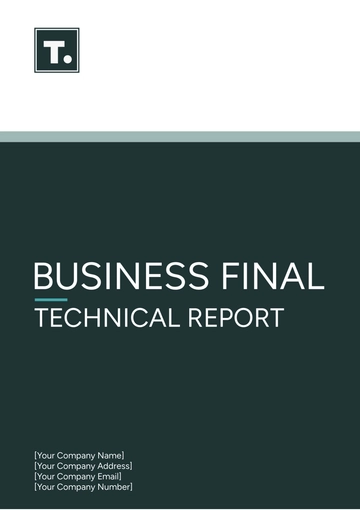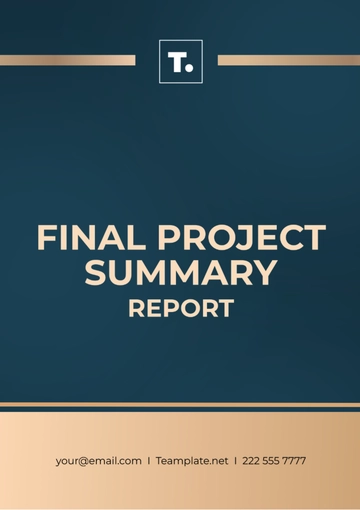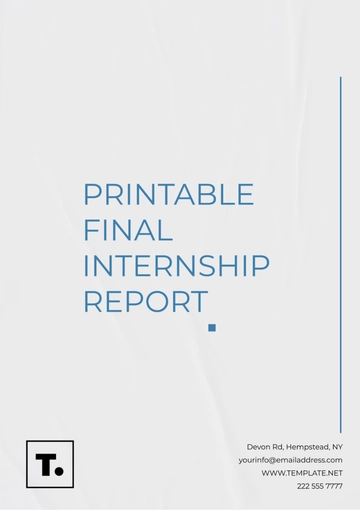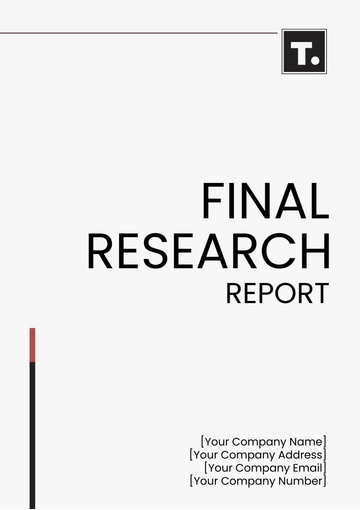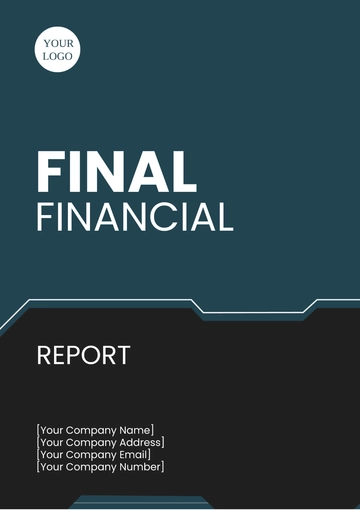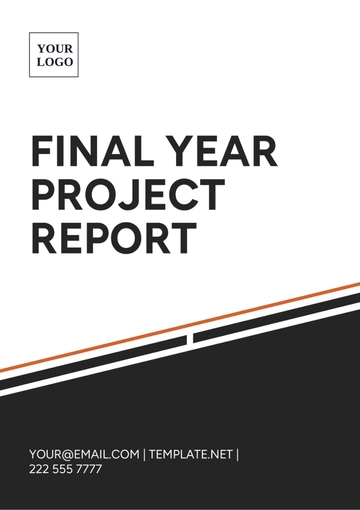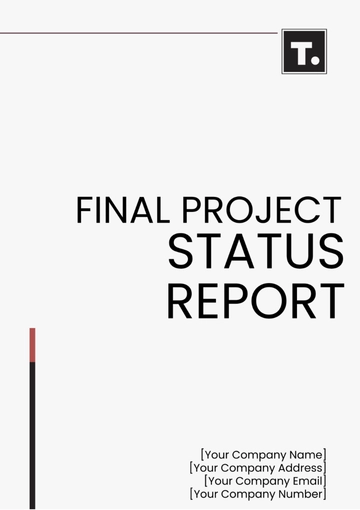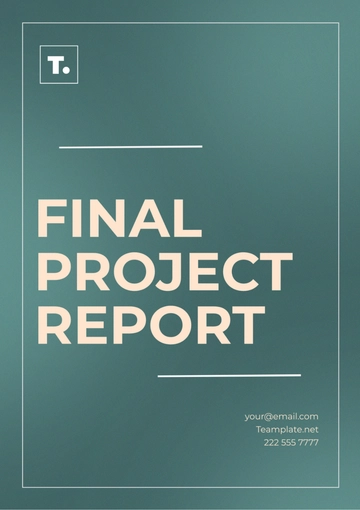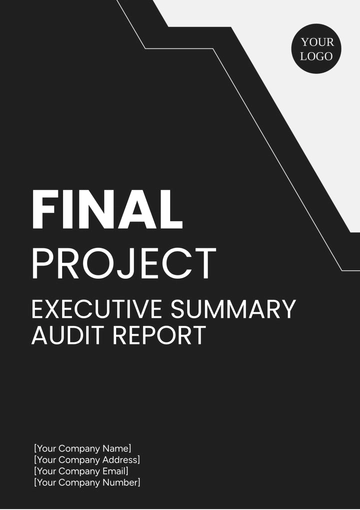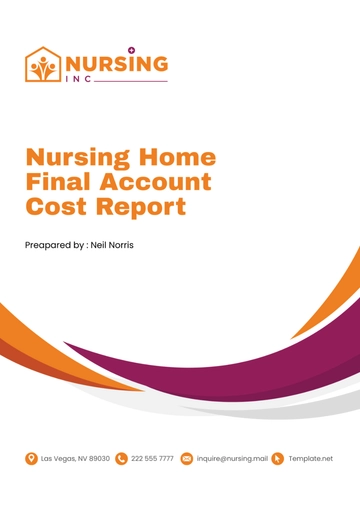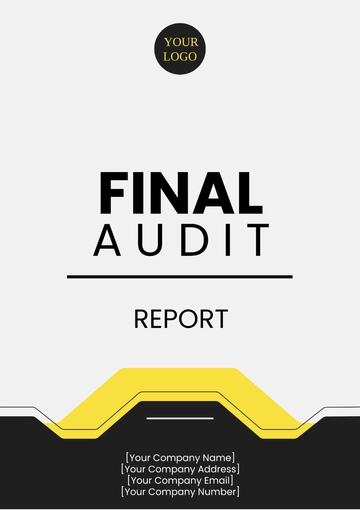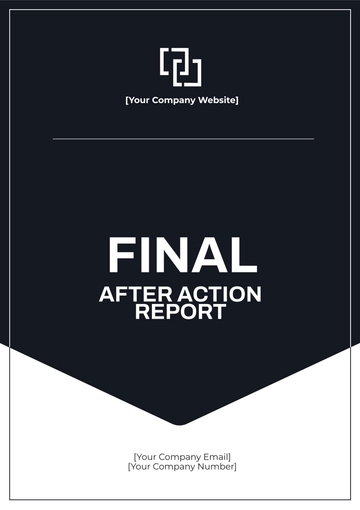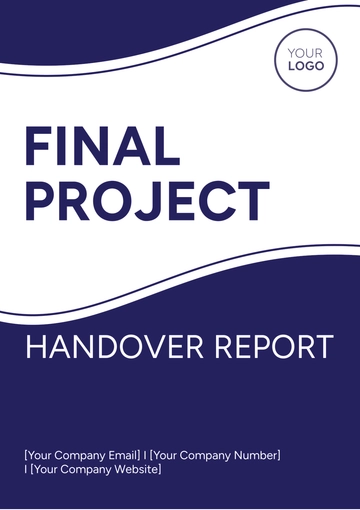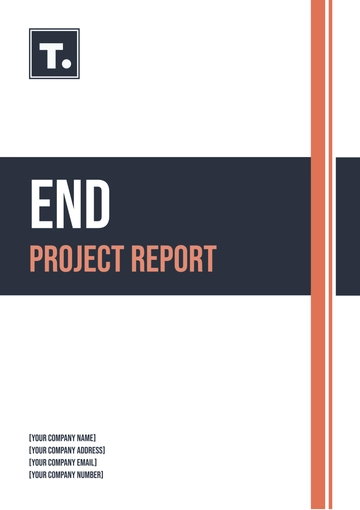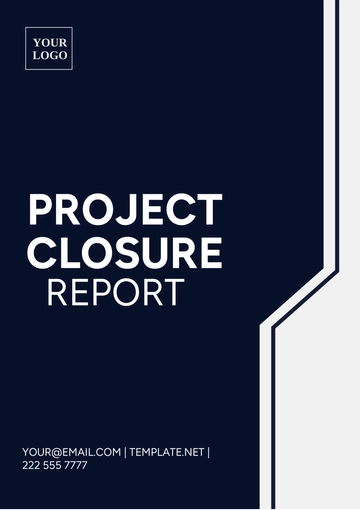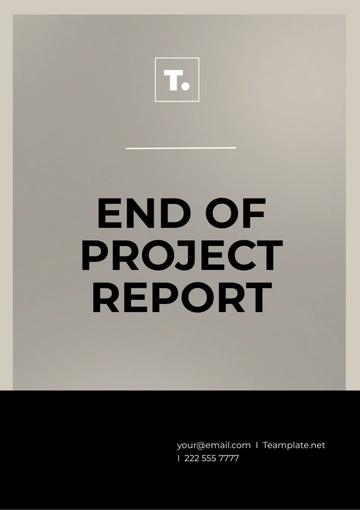Final Year Project Report
Prepared by: [YOUR NAME]
Company: [YOUR COMPANY NAME]
Date : [CURRENT DATE]
I. Executive Summary
This section provides a brief overview of the final year project conducted by a student at [YOUR UNIVERSITY NAME]. It outlines the project's objectives, methodologies, key findings, and conclusions, offering a snapshot to ensure stakeholders are promptly informed about the project's outcomes and impact.
II. Introduction
Purpose of the Report: To document the processes and outcomes of the final year project, ensuring transparency and accountability for the research and development undertaken.
Reporting Period: [START DATE] to [END DATE]
This introduction sets the stage for detailed academic and project disclosure, underscoring the student's commitment to scholarly rigor and project management.
III. Project Background and Objectives
Project Overview: Summarize the project's scope and the primary goals it aimed to achieve, such as developing a new technological solution or exploring a significant scientific question at [YOUR UNIVERSITY NAME].
Research Objectives: Clearly list the specific objectives that guided the project's direction and research activities.
This section provides clear insight into the purpose and ambitions of the project, laying the groundwork for understanding the subsequent methodologies and findings.
IV. Literature Review
Foundational Theories: Discussion of the core theories and existing research that underpin the project.
Research Gap Identification: Identification of the gaps in current knowledge that the project aims to address.
This comprehensive review of existing literature situates the project within the broader academic context at [YOUR UNIVERSITY NAME], highlighting its relevance and potential contribution to the field.
V. Methodology
Research Design: Detailed description of the research design, including the type of research (qualitative, quantitative, experimental, etc.) conducted at [YOUR UNIVERSITY NAME].
Data Collection Methods: Explanation of how data was gathered, specifying techniques and tools used.
Data Analysis: Outline of the methods used for data analysis to derive meaningful conclusions from the research data.
This section is critical for understanding how the research was conducted, ensuring the reproducibility of the results and validating the research approaches used.
VI. Results and Discussion
Findings: Presentation of the main findings from the research, including data in the form of charts, graphs, and tables.
Interpretation: Discussion of what these findings mean in the context of the project's objectives and hypotheses.
Implications: Exploration of the implications of the findings for the field of study and potential real-world applications at [YOUR UNIVERSITY NAME].
This analysis is crucial for interpreting the data collected during the project, discussing its significance, and evaluating the research's impact.
VII. Conclusion and Recommendations
Project Summary: Recapitulation of the project's most important aspects and results.
Conclusions: Conclusions drawn from the research findings.
Recommendations for Future Work: Suggestions for further research or continued development based on the project's outcomes.
This section draws the project to a close, summarizing the journey and contributions of the work, and setting directions for future research endeavors at [YOUR UNIVERSITY NAME].
VIII. References
A comprehensive list of all academic sources and references cited throughout the project, formatted according to the specified academic style (APA, MLA, Chicago, etc.).
IX. Appendices
A. Detailed Data and Calculations: Extended data sets and calculations that support the project's findings.
B. Project Timeline: A timeline of the project's milestones and phases.
C. Supplementary Materials: Any additional supporting materials, such as software code, interview transcripts, or experimental setups.
These supplementary materials provide detailed background and support for the academic work presented in the report.
X. Conclusion
This final section reiterates the achievements and challenges encountered during the project at [YOUR UNIVERSITY NAME]. It reinforces the commitment to advancing knowledge and innovation through rigorous academic projects.
Report Templates @ Template.net
